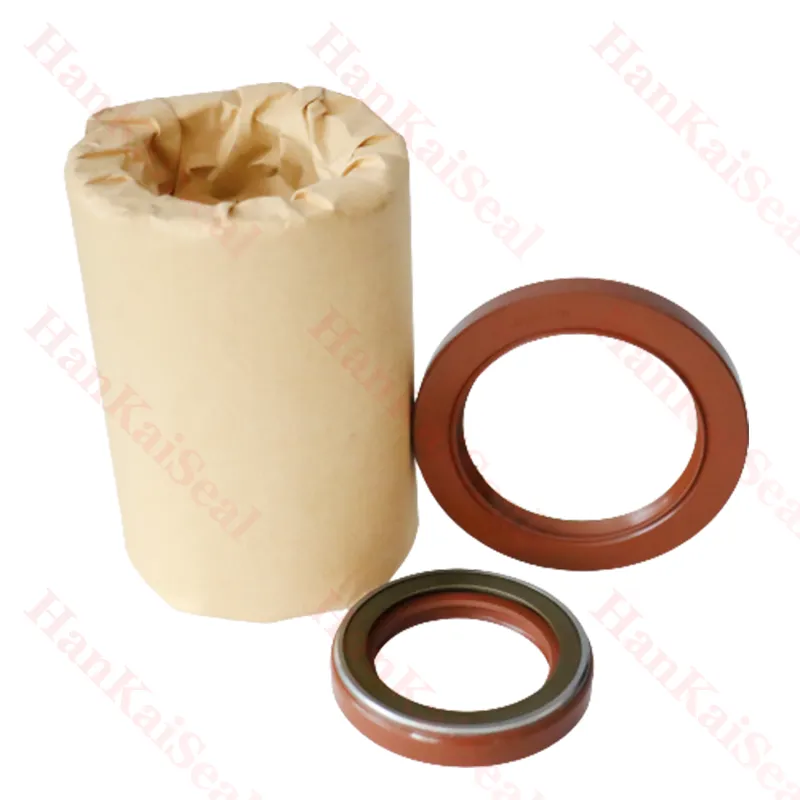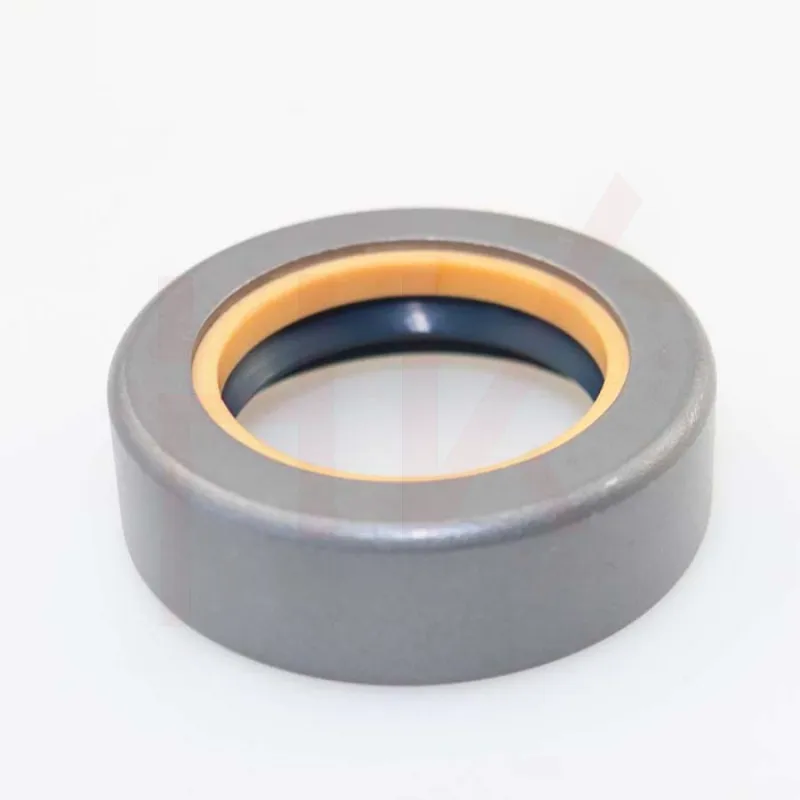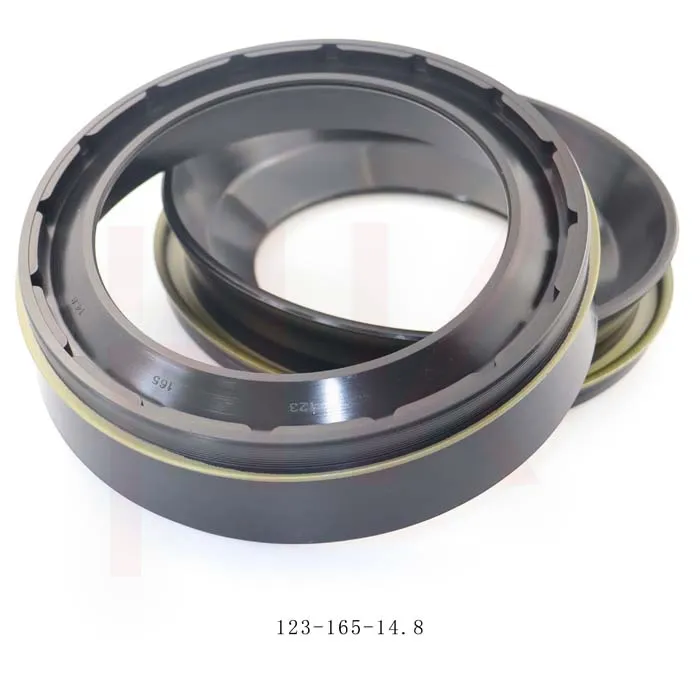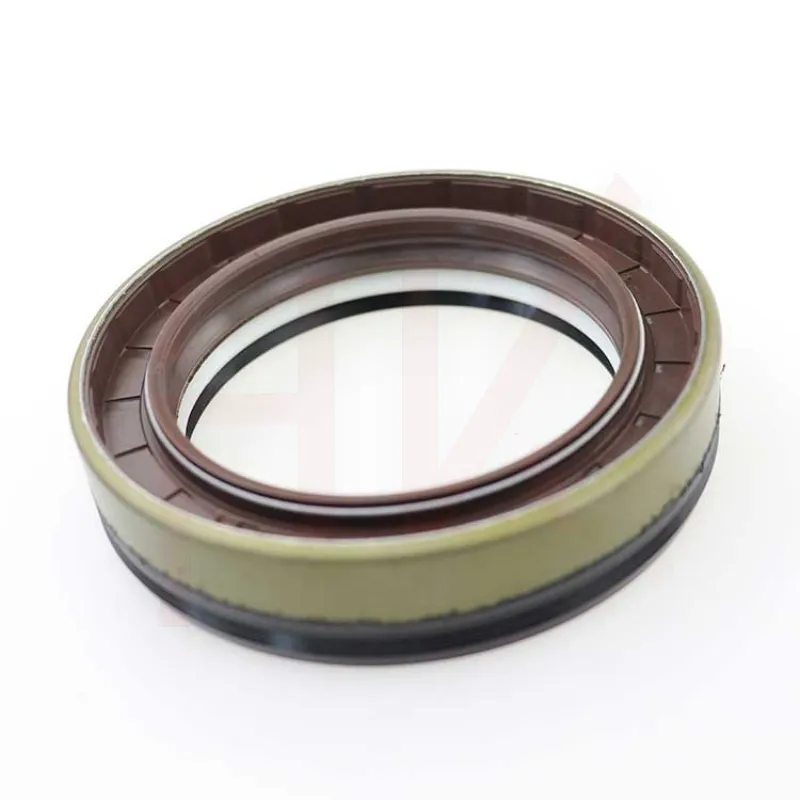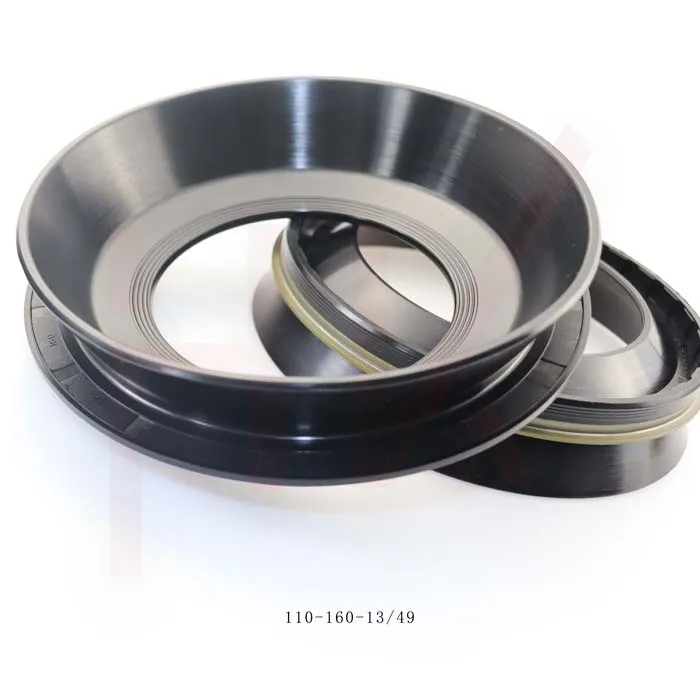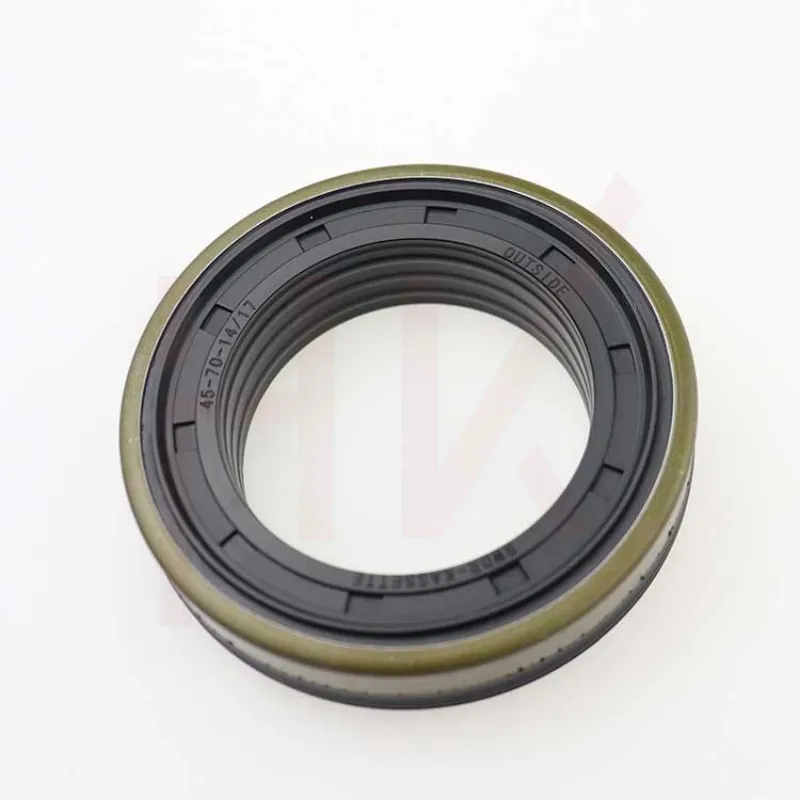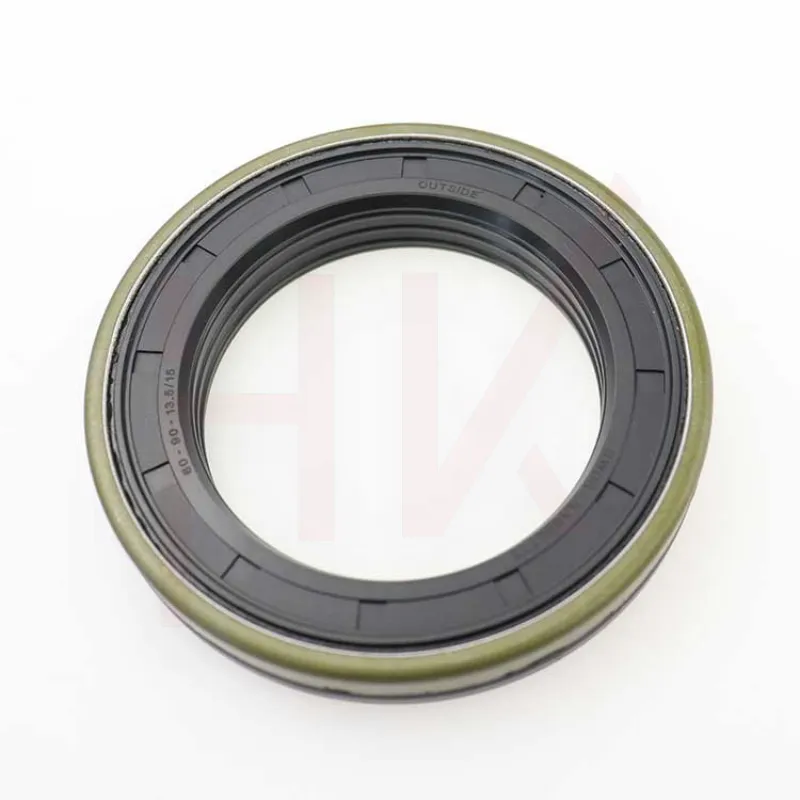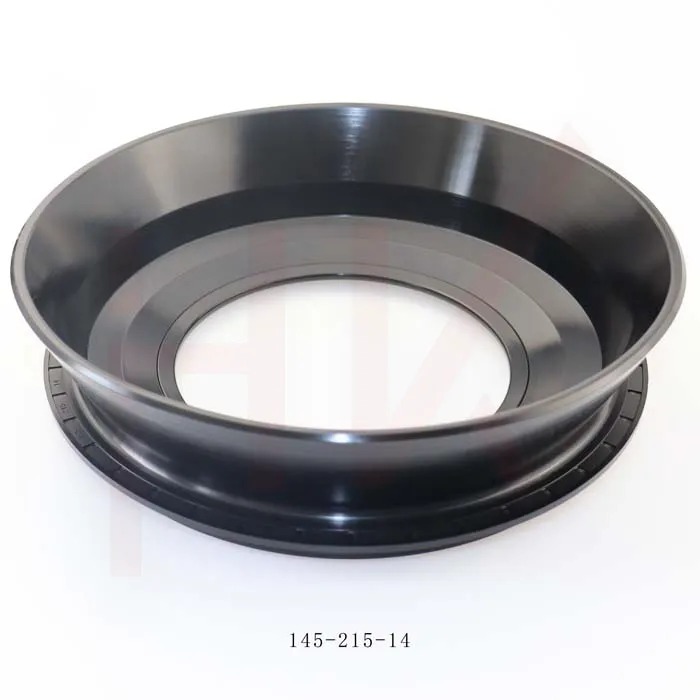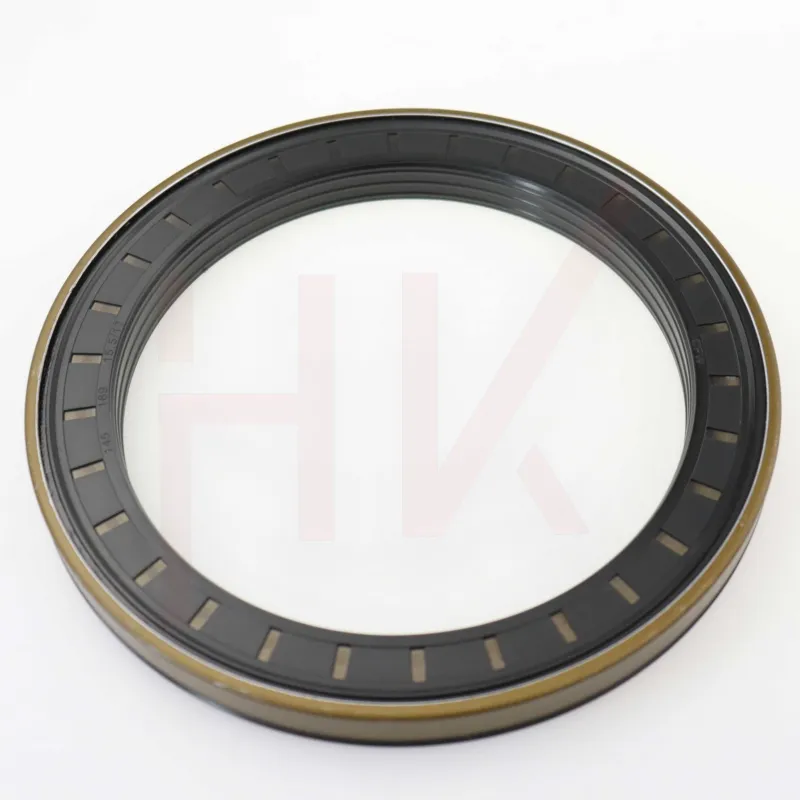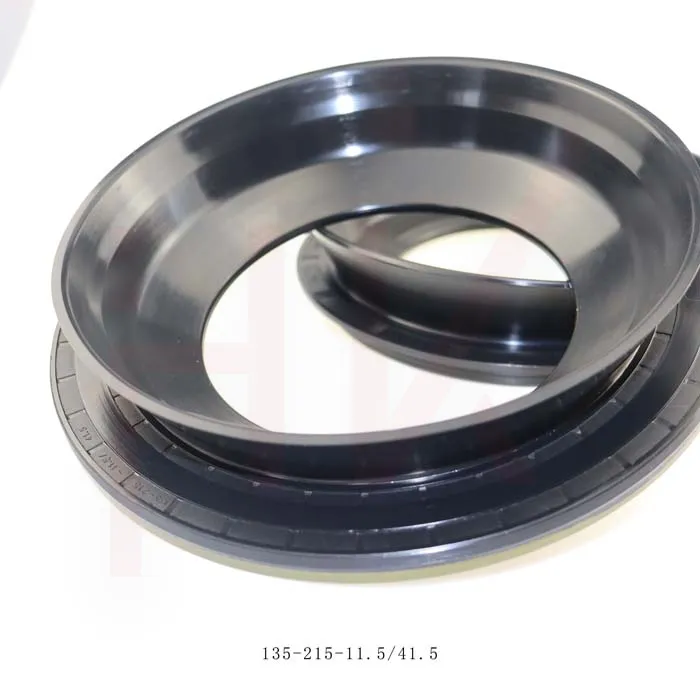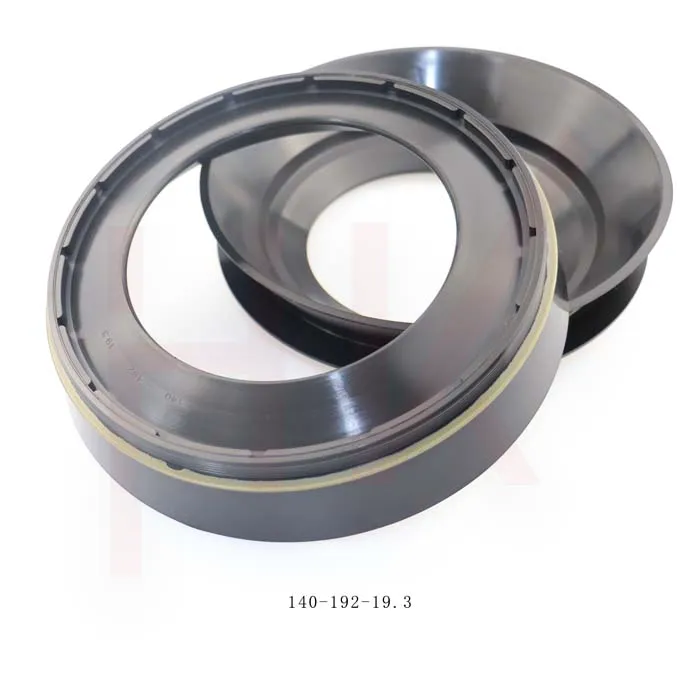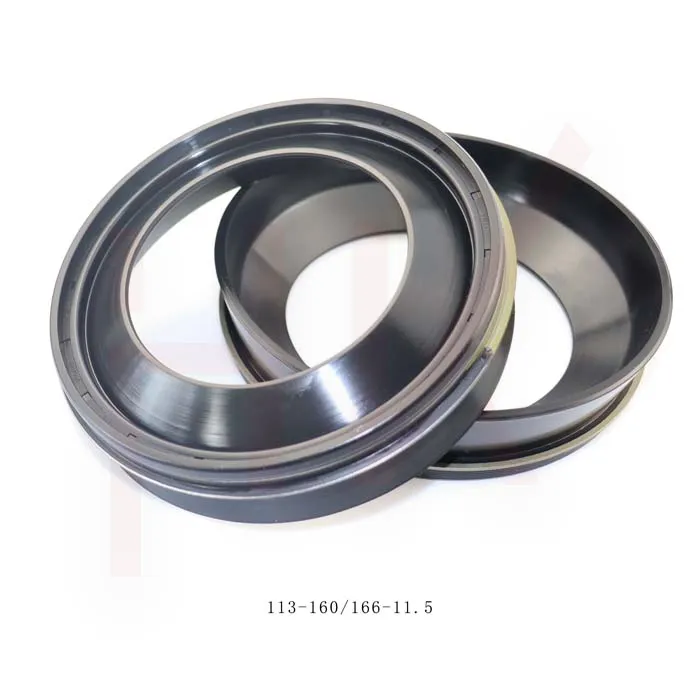Nov . 05, 2024 08:58 Back to list
rotary oil seals
Understanding Rotary Oil Seals Essential Components for Mechanical Systems
Rotary oil seals, also known as oil seals or rotary seals, are critical components in various mechanical systems, particularly in machinery that involves rotating shafts. These seals serve the vital function of preventing the leakage of lubricants while also keeping contaminants out. By maintaining a proper seal, rotary oil seals ensure the smooth operation of equipment, thereby extending its lifespan and enhancing efficiency.
The design of a rotary oil seal typically consists of a flexible elastomeric body and a metal or plastic outer casing. The elastomer material creates a tight seal against the shaft, while the casing provides structural support and helps to maintain proper positioning during operation. Common materials used for rotary oil seals include nitrile rubber, fluorocarbon, and silicone, each selected based on factors such as temperature, pressure, and the nature of the lubricant used.
One of the primary functions of rotary oil seals is to prevent oil leakage from the system. In engines, gearboxes, and hydraulic systems, lubricants are necessary for reducing friction between moving parts. If these lubricants leak out, it can lead to increased wear and tear, overheating, and potential system failure. Rotary oil seals, therefore, play an essential role in ensuring that machinery operates efficiently and reliably.
rotary oil seals

In addition to preventing oil leakage, rotary oil seals also protect the internal components of machinery from dirt, dust, and moisture. When contaminants enter a mechanical system, they can lead to corrosion, wear, and ultimately, mechanical failure. By acting as a barrier, rotary oil seals help maintain the integrity of the lubricant and the overall health of the machinery.
Selecting the right rotary oil seal is crucial for optimal performance. Factors to consider include the shaft diameter, the speed of rotation, the operating temperature, and the type of fluid involved. Additionally, radial and axial loads should also be taken into account, as improper seal selection can result in premature failure.
Installation is another critical aspect of rotary oil seal performance. Care must be taken to ensure that seals are correctly positioned without twisting or stretching, as this can compromise their sealing capability. Moreover, regular inspection and maintenance of rotary oil seals are necessary to identify signs of wear and to prevent unexpected breakdowns.
In conclusion, rotary oil seals are indispensable components within many mechanical systems. By effectively preventing oil leakage and barring contaminants, they enable machinery to function efficiently and reliably. Understanding their design, function, and proper maintenance can significantly impact the performance and longevity of mechanical systems, underscoring the importance of these small yet essential components in the industrial and automotive sectors.
-
Reliable Oil Seal Wheel Hub Solutions for Industrial & Automotive Use
NewsNov.17,2025
-
Durable Front Hub Oil Solutions for Industry – HKAiSeal
NewsNov.17,2025
-
Wholesale Hydraulic Pump Motor Seal Kit A4VSO250 | In Stock
NewsNov.17,2025
-
Pump Seal Kits: Essential Components for Industrial Reliability
NewsNov.17,2025
-
TCV Oil Seal - Double-Lip, Spring-Loaded, High Temp & Wear
NewsNov.17,2025
-
Hydraulic Seal Kits: Reliable Solutions for Industrial Equipment
NewsNov.17,2025
-
Combined oil seal 659214 12001903B, fits 119990, NBR OEM
NewsNov.17,2025
Products categories

